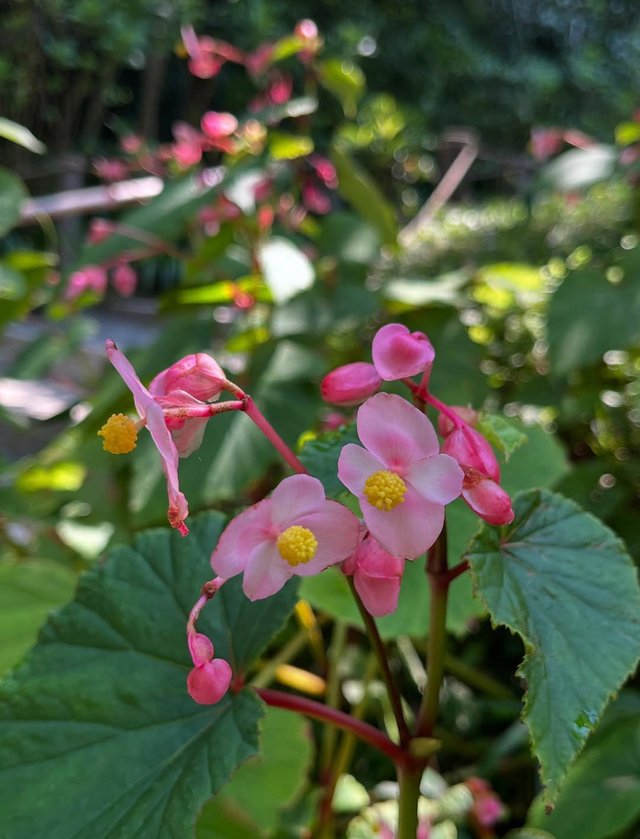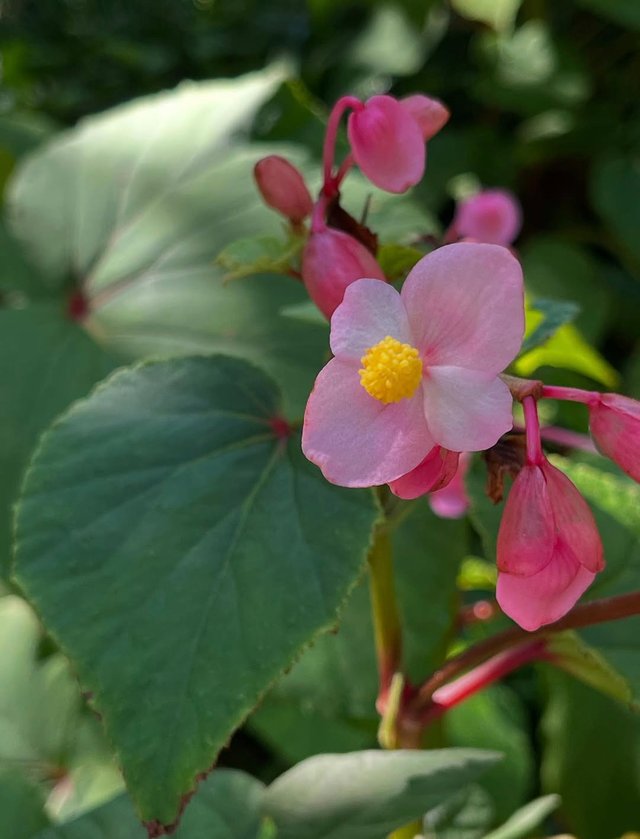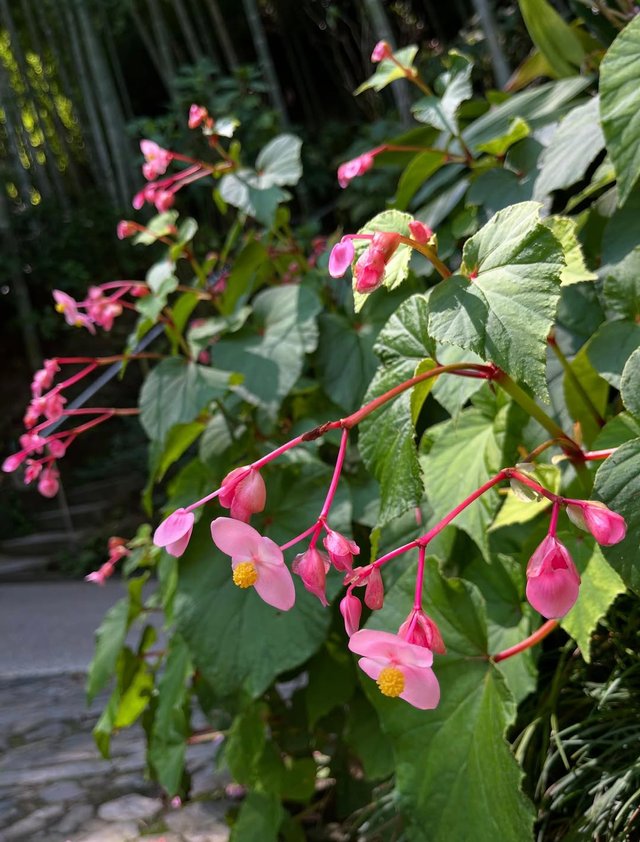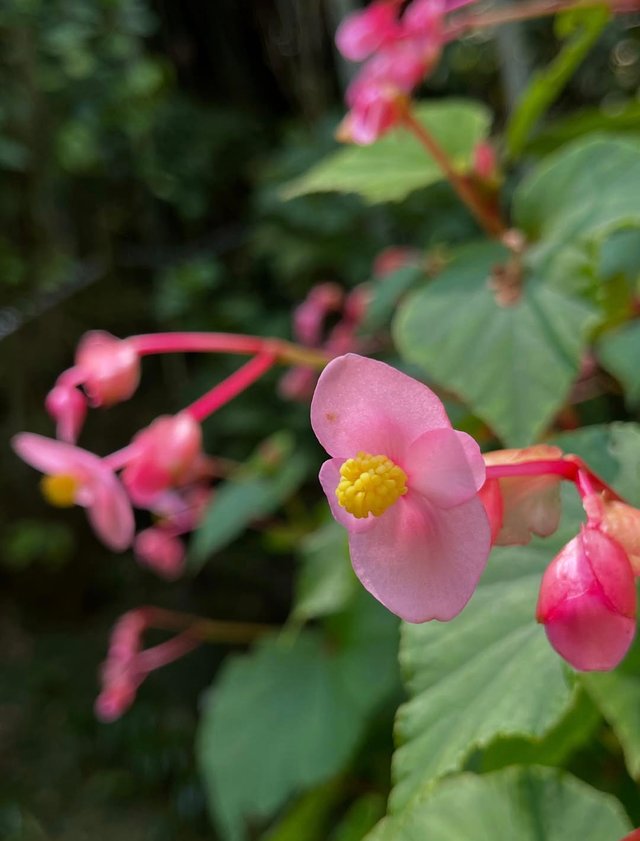Begonia grandis
Begonia grandis is a fascinating and ornamental perennial flowering plant widely admired for its delicate beauty and unique adaptation as a hardy begonia capable of thriving in temperate climates. Native to China and Japan, this plant is one of the few begonia species that can tolerate cold weather, making it highly valued among gardeners in regions where tropical begonias cannot survive outdoors year-round. It is often referred to as the hardy begonia, perennial begonia, or Japanese begonia, and it has become popular in shade gardens due to its attractive foliage, clusters of pendulous flowers, and ability to naturalize under trees or along woodland edges.
The plant typically grows to about 30 to 60 centimeters in height, with heart-shaped leaves that are green on the upper surface and tinged with reddish hues or deep veining underneath, creating a striking two-toned appearance when leaves sway in the breeze. The flowers appear in late summer to early autumn, usually from July to October, depending on the climate, and are borne in delicate clusters on long arching stems. The blossoms are most commonly soft pink, rose, or sometimes white, with yellow centers that attract pollinators such as bees and butterflies.
Its late blooming season makes it particularly valuable in gardens since it provides color when many other summer flowers begin to fade, extending the ornamental interest into autumn.One of the distinctive features of Begonia grandis is its bulbils, small reproductive structures that form in the leaf axils. These bulbils drop to the ground and sprout the following spring, allowing the plant to spread naturally and form colonies over time, making it an excellent choice for naturalizing in shaded borders. Its growth habit is clump-forming and spreading, yet it remains non-invasive, blending harmoniously with ferns, hostas, and other shade-loving perennials.



